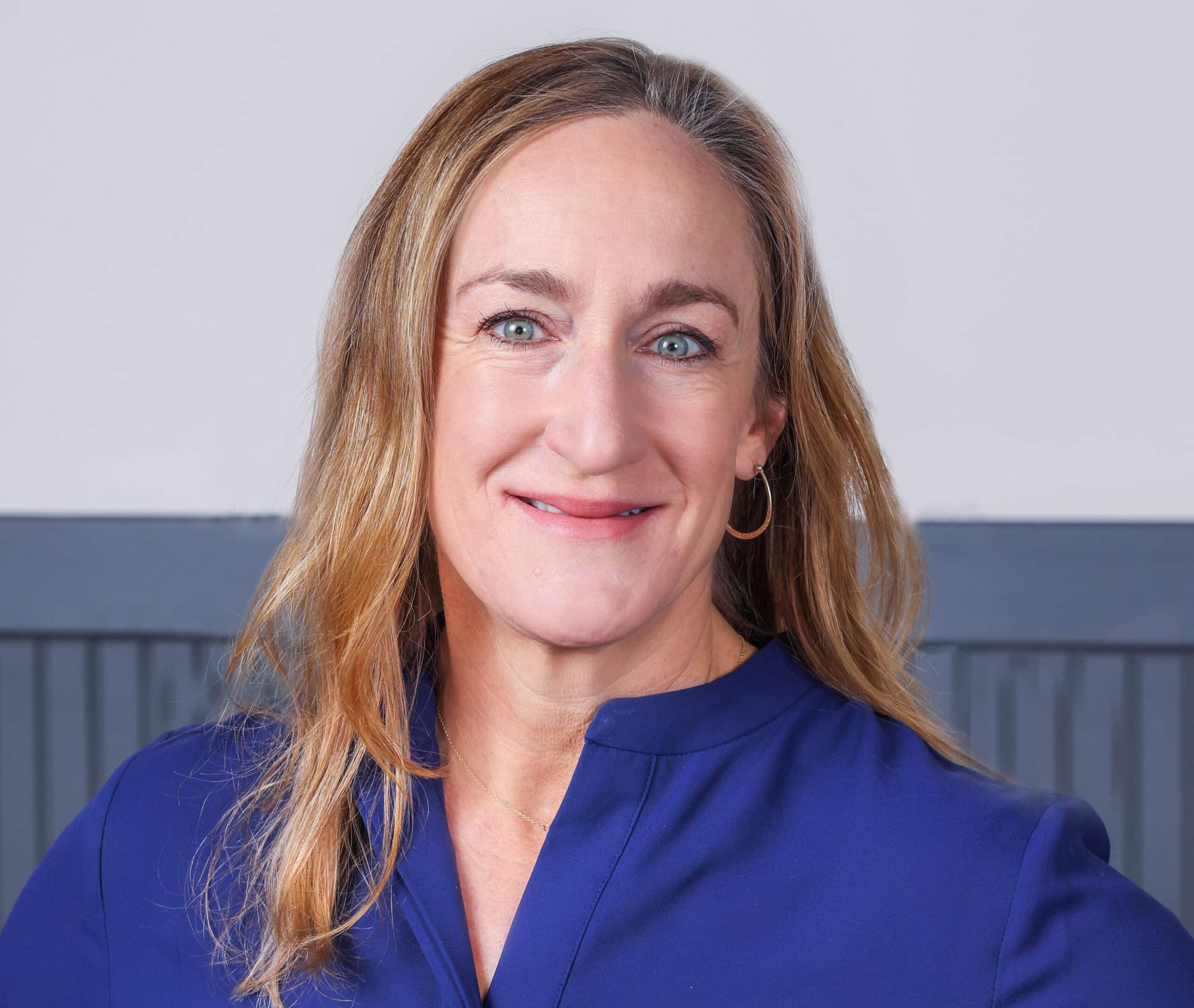What you’ll learn below:
- What is CDR?
- Why you must understand the opposition to oil and gas participation in CDR
- The deep engagement strategy it takes to build a successful CDR project
Intro
As policymakers and the public grapple with the difficult realities of the energy transition, carbon dioxide removal (CDR) is gaining momentum as a necessary part of the solution. Removing CO2 from the atmosphere at scale to supplement emissions reduction efforts? Seems a no-brainer at first glance. But as we saw in a recent Both True about why I haven’t given up on carbon offsets, nothing about the energy transition is free of conflict.
In today’s Both True, I’ll provide a quick overview of what CDR is, how it’s relevant to your company’s real sustainability strategy, and why burgeoning opposition doesn’t want to see oil and gas companies anywhere near this important solution. Should you explore CDR as part of your decarbonization portfolio? That depends on your willingness to build credible, transparent, and verifiable energy-transition solutions—and build them with community partners on board. Read on to learn how to navigate this important space.
Both of these things are true:
- CDR technology will need to be deployed at scale to meet global CO2 reduction ambitions.
- In many corners, oil and gas—the very companies poised to execute CDR at scale—are not considered credible partners.
The situation
Direct air capture (DAC) paired with carbon capture and storage (CCS) will be most familiar type of CDR technology to Both True readers, because it is squarely oil and gas adjacent. Other CDR technologies include sequestration in soil, biomass carbon removal and storage, enhanced mineralization, and ocean- and forest-based removals.
The most exciting developments are U.S Department of Energy (DOE) funding announcements to support DAC. Among them:
- Two projects selected to build regional DAC Hubs
- South Texas. 1PointFive, a subsidiary of Occidental Petroleum, and partners Carbon Engineering LTD and Worley will build a DAC facility projected to remove up to 1 million metric tons of CO2 annually.
- Southwest Louisiana. When the hub they have proposed is built, Battelle, Climeworks, and Heirloom plan to capture more than 10 million tons of existing CO2 each year.
- Feasibility studies for future DAC Hub projects
- Chevron was awarded $3 million to explore the feasibility of a DAC hub in California.
- Shell, Louisiana State University, and the University of Houston were awarded $2.9 million to evaluate the feasibility of a DAC hub along the Gulf Coast in Louisiana.
In August, Oxy announced it was purchasing DAC firm Carbon Engineering. CEO Vicki Hollub’s rationale makes sense (emphasis added): “Together, Occidental and Carbon Engineering can accelerate plans to globally deploy DAC technology at a climate-relevant scale and make DAC the preferred solution for businesses seeking to remove their hard-to-abate emissions.”
Meanwhile, Heirloom, a DAC company and recipient of DOE DAC hub funding, announced it won’t accept investment from oil and gas companies and that no carbon dioxide removed by their technology will be used in service of enhanced oil recovery (EOR). Heirloom went further, stating: “These standards of governance should be the industry norm among companies in our sector.”
The Main Critiques of O&G Doing CDR (and Why They’re Wrong)
Critiques of oil and gas participation in CDR are widespread and basically indefensible. But it’s important for you to know these critiques, because they can quickly bubble up among stakeholders for your CDR investments and create a material risk to those investments. The main themes of these critiques:
- Oil and gas companies will use CDR to keep producing oil and gas. Oxy’s purchase of Carbon Engineering became a lightning rod, attracting accusations that its acquisition would simply mean more oil production using EOR. A branch of this critique is that CDR will be used for greenwashing rather than changing business operations (away from oil and gas).
- CDR creates a “moral hazard.” This critique, not specific to oil and gas, is that anything that removes carbon from the atmosphere distracts the world from the goal of reducing emissions. The moral hazard argument gets amplified in discussions about the oil and gas industry because of the industry’s straightforward interest in producing oil and gas.
- Engaging with oil and gas will cause reputational harm to CDR. This argument values CDR but wants it cordoned off from the O&G industry. Fair enough—if you aren’t urgently interested in addressing climate change, that is.
- If we alienate them, they will go out of business. Some critics want to ostracize and alienate oil and gas companies, to run them out of business. These critics think any CDR engagement with oil and gas legitimizes the industry and undermines efforts to “divest” from oil and gas or “keep it in the ground.”
Leaders should be students of their critics. So I recommend you peruse this summary of arguments that CDR proponents should not engage with oil and gas companies. The critiques are nonsensical, but your best response isn’t to argue with them head-on (nor to abandon CDR, and offsets, and … well, everything else). Instead, your best response is to build a four-part strategy that centers on deep stakeholder and partner engagement from start to finish.
Seize the day
Stakeholder and partner engagement is about anticipating and mitigating risk—and that’s nowhere more apparent than in the deep engagement you should use to build your CDR strategies. Here are the four deep engagement principles we at Adamantine are seeing work for our clients:
- Be transparent. Develop a strategy that allows you to accurately measure and report your emissions reductions from each CDR project. The credibility of the project will be only as good as the credibility of your data. Get a third party to validate your strategy and your findings.
- Go above and beyond. CDR projects should be conducted only after you demonstrate you’ve maximized your operational emissions reductions. When you design your program, exceed stakeholder and partner expectations throughout. The bar will continue to move, and you can mitigate risk by embracing a proactive, best-in-class approach.
- Build with community partners. Environmental justice and community concerns are quickly going to rise to the top of opposition to CDR projects. Engage with communities early to ensure that they will be meaningful partners in your strategy. Check out our advice on managing community risk in this Both True edition.
- Embrace the opposition. Your company will be accused of greenwashing and business as usual. Do great work anyway. That’s how we lead.
Thank you to Kayla Dolan for her help in writing this edition. Exploring what CDR and other decarbonization options are relevant to your real sustainability strategy? Reach out to request a consultation. Like what you’re reading here? Please share with three colleagues.
To deeply engaging,
Tisha

